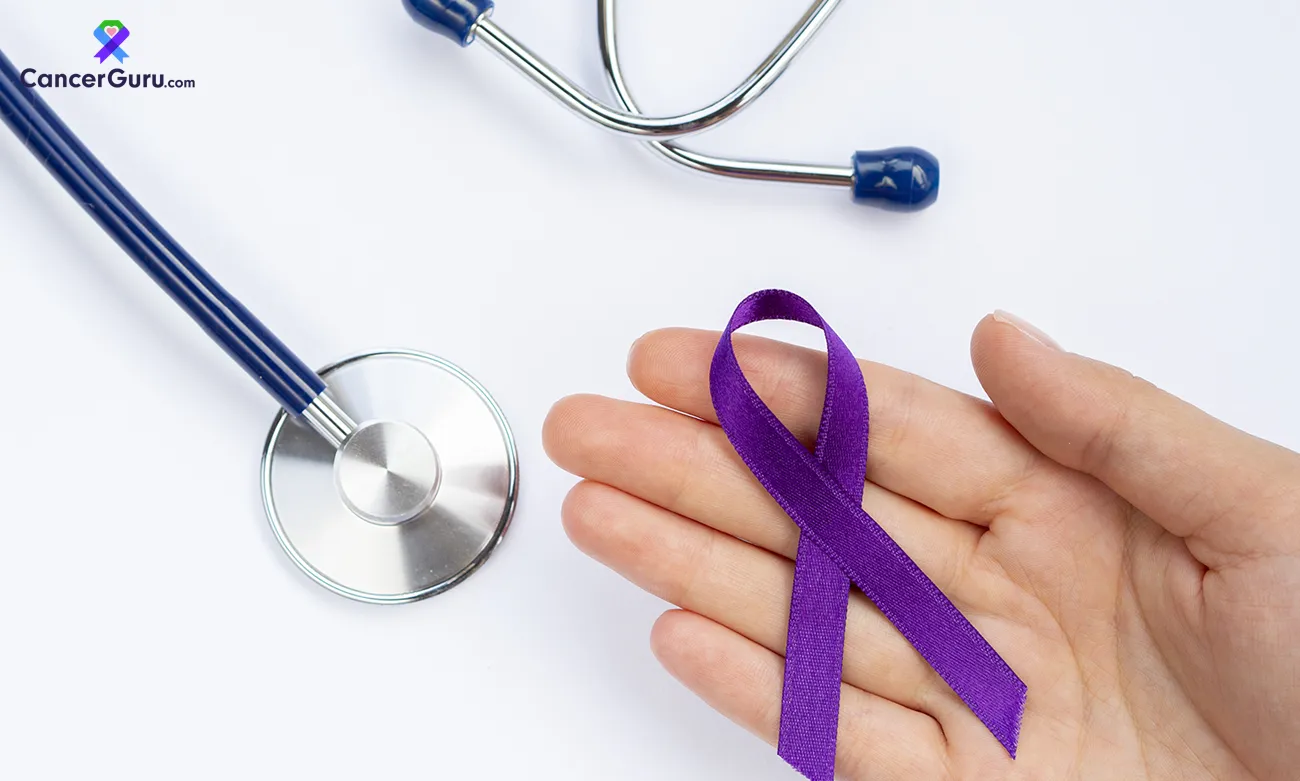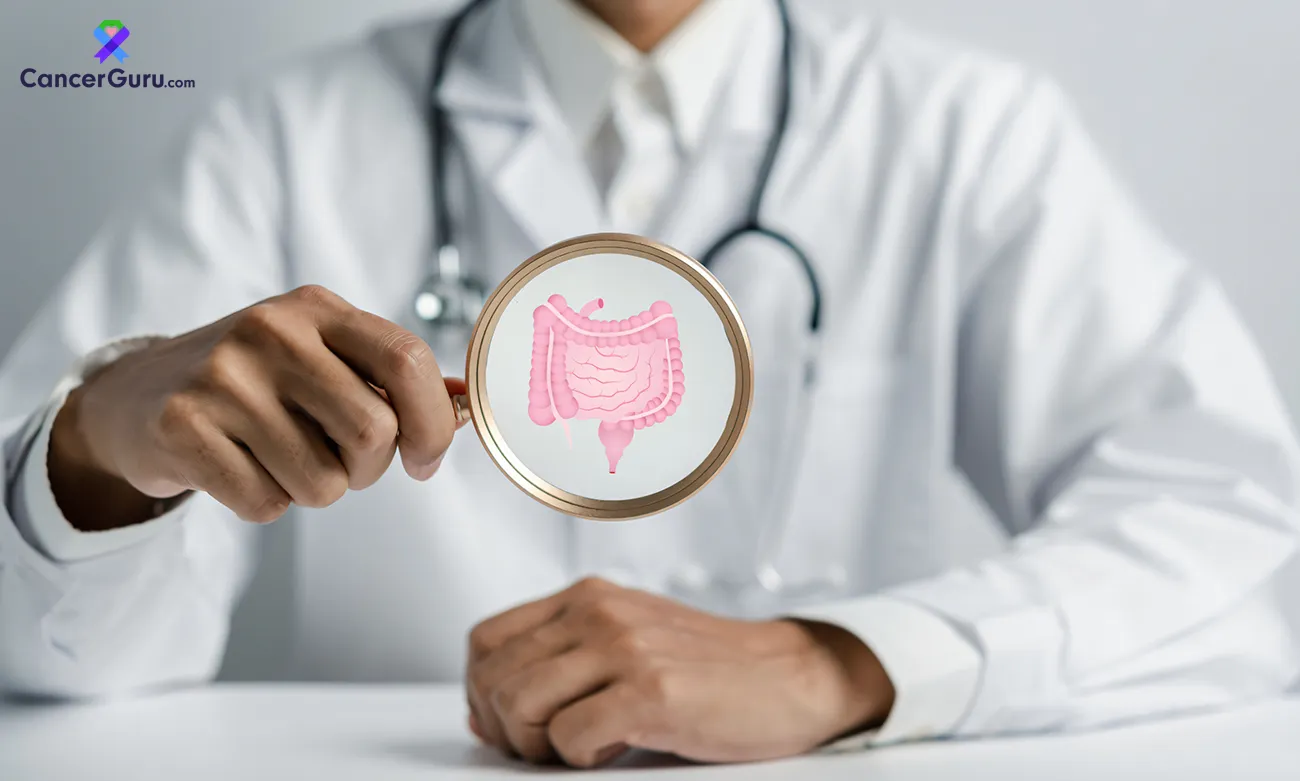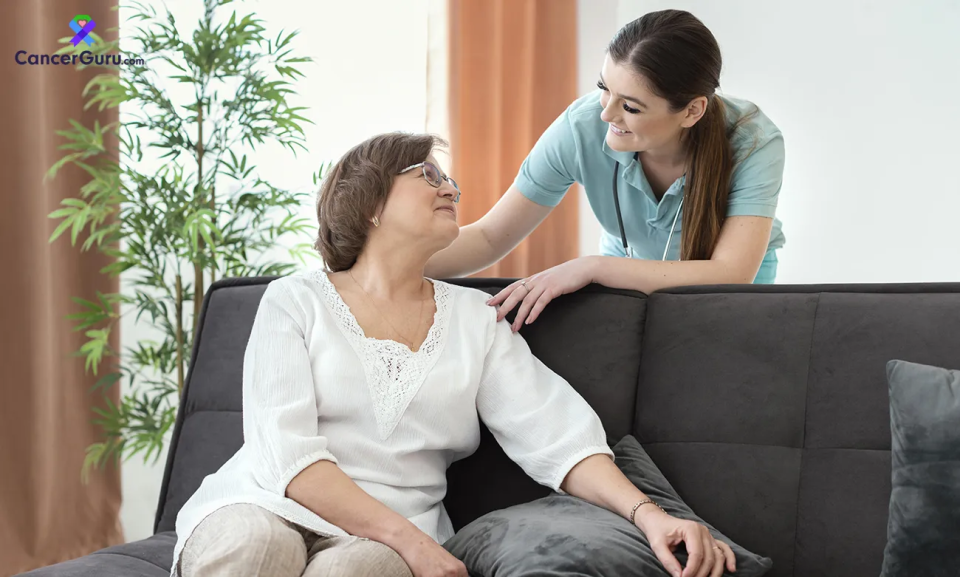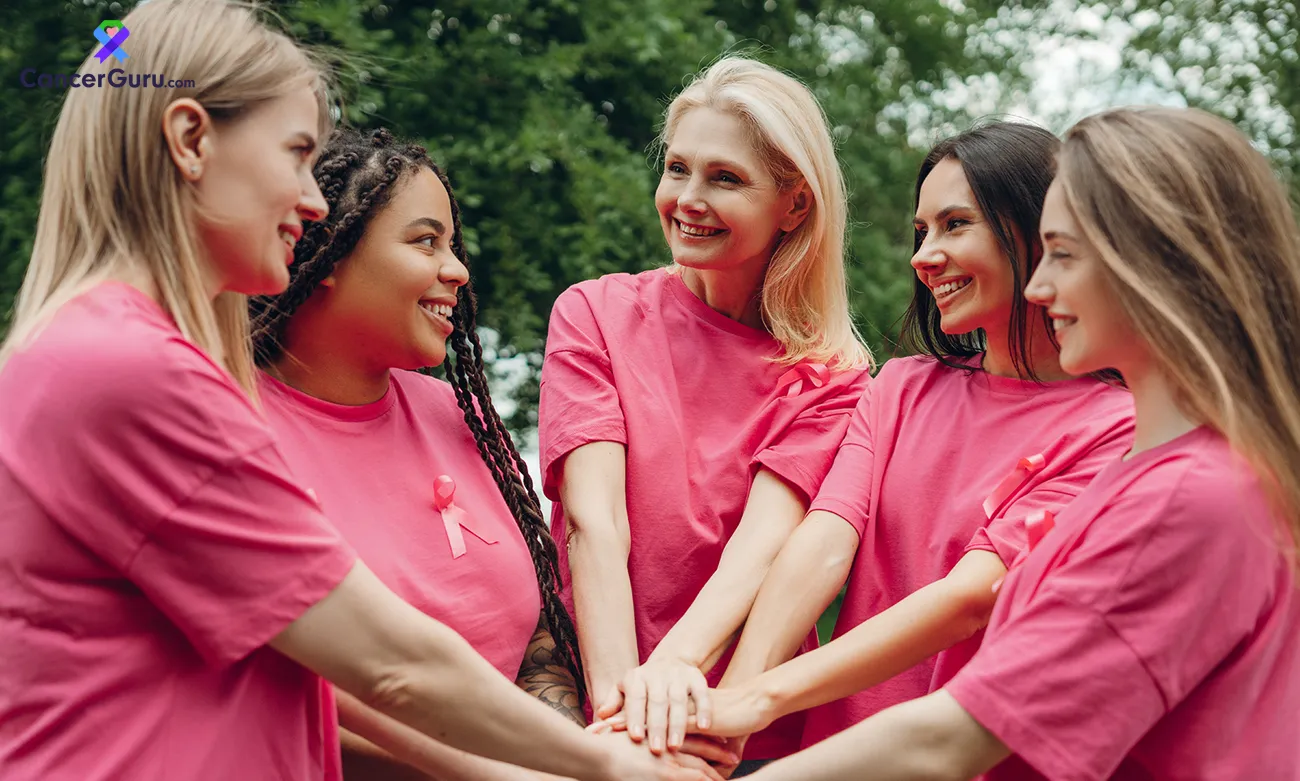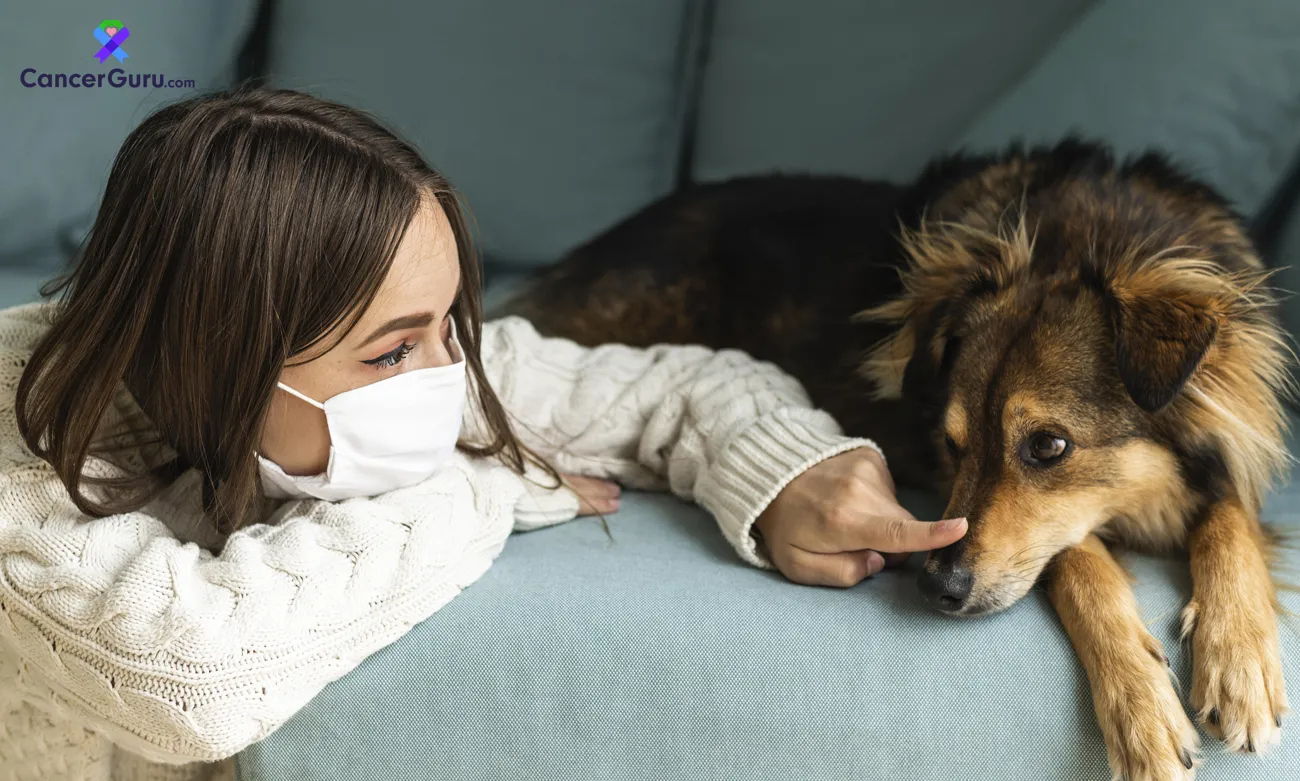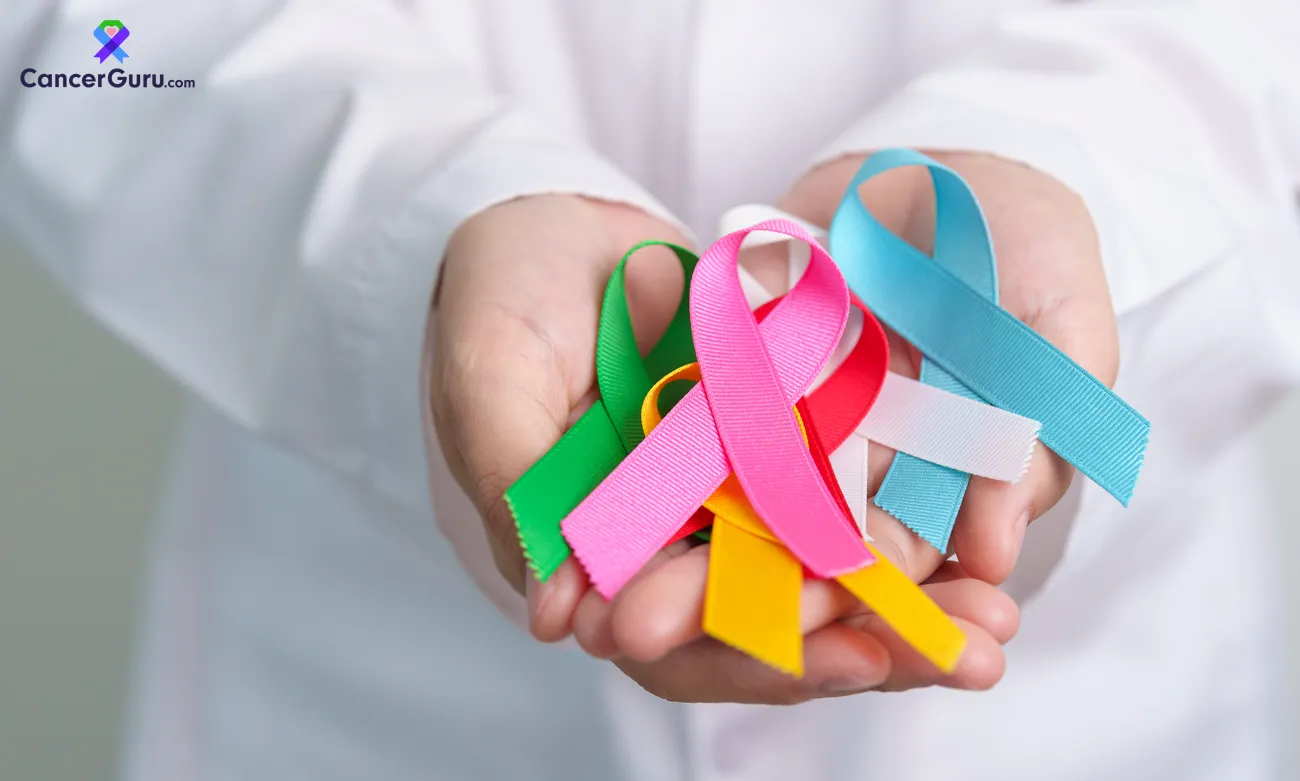- Email: [email protected]
- Contact: +1 (407)581-9000
Childhood Cancer Awareness Month
September 30, 2025
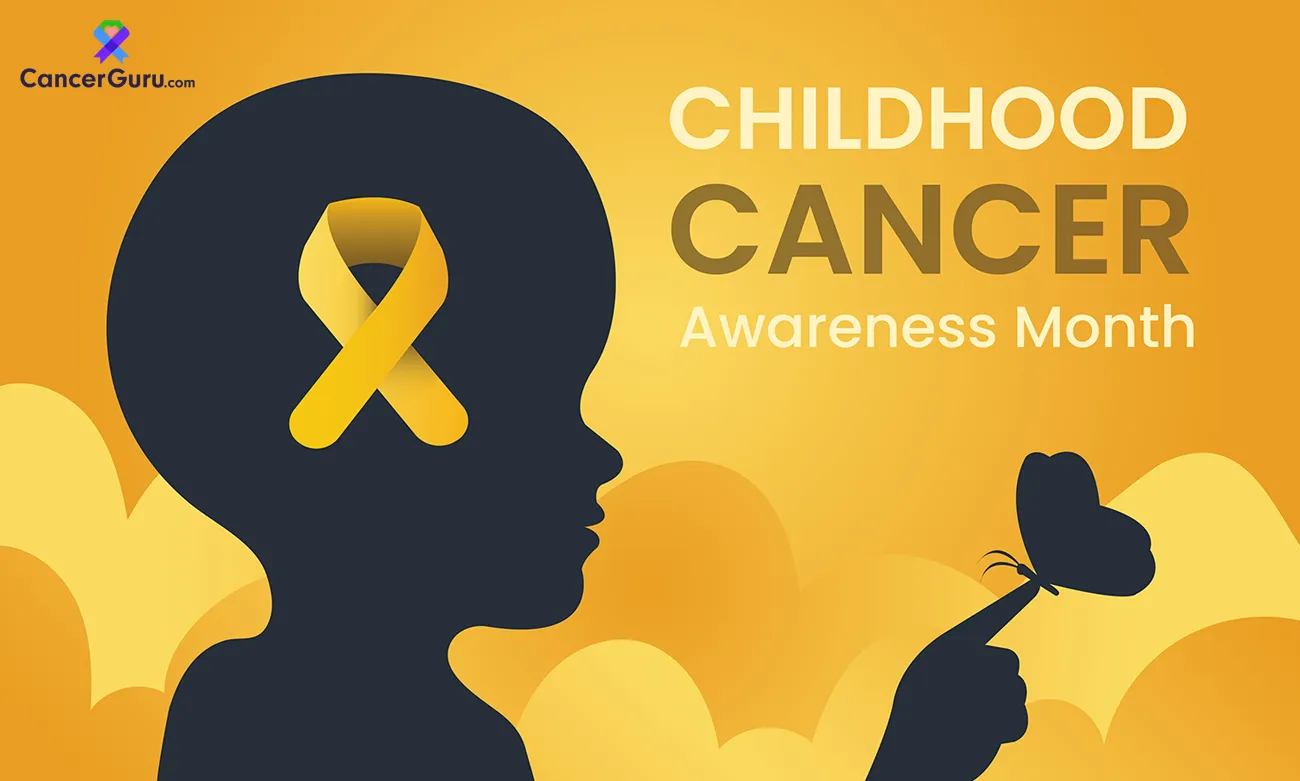
September marks Childhood Cancer Awareness Month, a time to shed light on the challenges faced by children and families living with these difficult diagnoses. It is also a moment to highlight progress in research and treatment, and the ongoing need for support to bring hope and better outcomes to young patients everywhere.
Childhood cancer is one of the leading causes of death for children and adolescents around the world. Survival rates vary widely depending on where a child lives. In high-income countries, more than 80% of children diagnosed with cancer are cured, while in many low- and middle-income countries, fewer than 30% survive. These differences often come from delays in diagnosis, limited access to treatment, or challenges in continuing care. Expanding access to medicines, surgery, and radiotherapy could change this picture dramatically, giving more children the chance to survive and thrive.
This month, and throughout the year, we recognize the children in treatment, the survivors, the families who stand beside them, the healthcare teams who provide care, and the children whose lives were lost to cancer. We also acknowledge the researchers who work every day to improve treatments and outcomes. Better data, stronger health systems, and greater access to essential care can help close the survival gap across countries, making cures more possible for children everywhere.
What Is Childhood Cancer?
Childhood cancer is a term used for cancers that develop in children and teens, usually from birth up to age 19. Unlike adult cancers, which are often linked to lifestyle or environmental factors, childhood cancers tend to occur because of changes in a child’s cells during growth. These abnormal cells grow uncontrollably, forming tumors or affecting the blood, bone marrow, or other organs. Common types of childhood cancer include leukemia, brain and spinal cord tumors, and lymphomas, though there are many other less common forms as well.
The symptoms of childhood cancer can vary widely depending on the type and location of the disease. Some children may experience unusual bruising, persistent pain, unexplained fevers, or lumps under the skin. Because these signs can also appear in less serious illnesses, cancer in children is often harder to detect early. Treatment usually involves a combination of chemotherapy, radiation, surgery, or stem cell transplants, and it is guided by specialized pediatric oncologists. Early diagnosis and proper treatment can significantly improve outcomes, which is why awareness and timely medical attention are crucial.
Main Challenges of Childhood Cancer:
Childhood cancer is a difficult journey, not just for the child but for the entire family. Beyond medical treatment, there are emotional, financial, and social challenges that can affect daily life. Children with cancer often face long hospital stays, painful procedures, and uncertainty about the future. Families also struggle with stress, expenses, and managing normal routines while supporting their child. Understanding these challenges can help provide better care and support for young patients and their families.
Main Challenges of Childhood Cancer:
- Emotional stress and fear are experienced by both children and families.
- Physical pain and side effects from treatments like chemotherapy and radiation.
- Disruption of normal daily life, including school, play, and social activities.
- Financial burdens due to medical bills, travel, and caregiving needs.
- Difficulty in early detection because symptoms can mimic common childhood illnesses.
- Long-term health effects or late complications after treatment.
- Limited access to specialized pediatric cancer care in some regions.
Signs and Symptoms Parents Should Watch For
Spotting childhood cancer early can be difficult because many symptoms look like common illnesses. Parents play a key role in noticing unusual changes in their child’s health. Being aware of warning signs and knowing when to seek medical advice can make a big difference in diagnosis and treatment.
- Unexplained bruising or bleeding that doesn’t heal normally.
- Persistent fevers or frequent infections without a clear cause.
- Unusual lumps or swelling, especially in the neck, underarm, or stomach.
- Ongoing pain in the bones, joints, or muscles.
- Sudden weight loss or loss of appetite without reason.
- Changes in energy, like extreme tiredness or weakness.
- Persistent headaches, vision changes, or nausea, especially in the morning.
How Childhood Cancer Is Treated
Treating childhood cancer is different from treating adult cancer because children’s bodies respond differently to medicine. Treatment often involves a combination of approaches to target the cancer effectively while trying to reduce side effects. Pediatric oncologists carefully plan treatment based on the type of cancer, its stage, and the child’s overall health.
- Chemotherapy: Uses powerful drugs to kill cancer cells throughout the body.
- Radiation therapy: Targets specific areas with high-energy rays to destroy cancer cells.
- Surgery: Removes tumors, when possible, often combined with other treatments.
- Stem cell or bone marrow transplant: Replaces damaged blood-forming cells after intensive treatment.
- Targeted therapy: Focuses on specific cancer cells while sparing healthy cells.
- Immunotherapy: Helps the body’s immune system fight cancer more effectively.
- Supportive care: Manages side effects and keeps the child strong during treatment.
What are the main issues of childhood cancer?
Childhood cancer is very different from adult cancer. While treatments and research have improved survival rates over the years, children and families still face many serious challenges. These issues go beyond the disease itself and affect health, emotional well-being, finances, and long-term quality of life.
- Delayed or missed diagnosis: In many cases, childhood cancer is not recognized early. Symptoms like fever, tiredness, or body aches can look similar to common illnesses, which makes diagnosis difficult. In low- and middle-income countries, limited access to testing and specialists often leads to further delays. A late diagnosis reduces the chance of effective treatment.
- Access to treatment: Where a child lives can play a major role in survival. In high-income countries, about 80% of children with cancer are cured, while in many low- and middle-income countries, fewer than 30% survive. The main reasons are the lack of cancer specialists, limited hospital facilities, and shortages of essential medicines and equipment.
- Side effects of therapy: Treatments such as chemotherapy, radiation, and surgery are powerful, but they also cause short-term and long-term side effects. Children may face problems like weakened immune systems, infections, hair loss, nausea, or fatigue during treatment. Later in life, survivors often deal with heart problems, hormonal issues, fertility challenges, and an increased risk of developing secondary cancers.
- Emotional and social impact: A cancer diagnosis affects the whole family. Children may feel scared, isolated, or different from their peers. Parents often face stress, anxiety, and financial struggles, especially if one of them has to stop working to care for their child. Siblings may also feel neglected or worried. Support systems, counseling, and community resources are crucial but not always available.
- Abandonment of treatment: In some parts of the world, families may stop treatment early because of high costs, long travel distances to hospitals, or a lack of trust in the health system. This is called abandonment of treatment, and it is a major reason for lower survival rates in poorer countries.
- Financial burden: Even in countries with advanced health systems, treatment can place a huge financial strain on families. Costs may include hospital stays, travel to treatment centers, loss of income, and medications not covered by insurance. In countries without strong healthcare support, the financial burden can be overwhelming.
- Need for better research and data: While progress has been made, childhood cancer research still lags adult cancer research. Clinical trials for children’s cancer treatments often take years longer to complete, and data on childhood cancers are limited in many countries. Better cancer registries and international cooperation are needed to improve care and develop safer, more effective treatments.
Childhood Cancer Facts

Image Credit: rayudunvs at FreePik
Childhood cancer affects thousands of families every year and remains a leading cause of death by disease among children. These facts highlight the reality young patients face, the challenges in treatment, and the urgent need for greater awareness and research. All statistics are for U.S. children from birth through age 19 unless stated otherwise. This summary relies on the most recent published data with respect to its contents, some of which dates back one or more years.
- Cancer is the #1 cause of death by disease for children in America.
- 1 in 285 children in the U.S. will be diagnosed with cancer before age 20.
- Childhood cancer survivors may face long-term health problems such as heart issues, infertility, or secondary cancers.
- On average, clinical trials for children’s drugs take 6.5 years longer than for adults.
- Every 2 minutes, a child is diagnosed with cancer somewhere in the world.
- 32 children a day are diagnosed with cancer in the United States.
- 43 children per day in the U.S. are expected to be diagnosed with cancer.
- More than 95% of childhood cancer survivors have a significant health issue by the time they are 45 years old.
- 10 is the average age at diagnosis with childhood cancer.
- 15,000 children are projected to be diagnosed with cancer in the U.S. in 2024.
- There are 500,000+ survivors of childhood cancer in the U.S.
- Children who've had chemo are 15% more likely to suffer congestive heart failure later in life.
- 400,000+ children develop cancer worldwide each year.
- 95% of survivors experience a significant side effect by the time they are 45 years old.
- Childhood cancer research is consistently underfunded by the federal government.
- Every year, over 16,000 children in the US and 300,000 globally are diagnosed with cancer.
- Depending on tumor types, survival rates can range from less than 1% to over 90%.
- On average, clinical trials for children begin 6.5 years after adult trials.
- Most current standard treatments for pediatric cancer were approved before, maybe half before the mid-1980s.
- Due to the toxicity of treatments, 2 out of every 3 survivors will still develop at least one chronic health condition, including infertility and second cancers.
- Nearly 60% of childhood cancer survivors experience severe or life-threatening complications in adulthood.
- In the past 30 years, only seven drugs have been approved by the FDA to treat childhood cancer, while over 200 drugs have been approved for adults.
- Every day, 42 families learn that their child has cancer.
- Globally, a child is diagnosed with cancer every 80 seconds.
- The incidence of pediatric cancer in the United States increases 0.5% annually.
- Studies have shown a correlation between childhood cancer and certain environmental factors like pesticides.
Awareness Campaigns and Symbols
Awareness campaigns play a huge role in bringing attention to childhood cancer. Every year, organizations, hospitals, and communities join forces to spread knowledge about early detection, treatment options, and the struggles families face. These campaigns often use social media, events, and school programs to reach as many people as possible. They also help raise funds for research, better treatments, and support services for young patients and their families.
Symbols are a big part of these campaigns, making the cause easily recognizable. The gold ribbon is the international symbol for childhood cancer awareness, chosen to represent strength, courage, and hope. During Childhood Cancer Awareness Month in September, people wear gold ribbons, light up buildings in gold, or share the symbol online. These symbols help show solidarity, honor survivors, and remember children who have lost their battle with cancer.
Conclusion
Childhood cancer affects many families and brings challenges that are hard to imagine. Awareness, early detection, and strong support systems can make a big difference in the lives of young patients and their families. By learning about the signs, understanding treatments, and taking part in awareness campaigns, we can help spread hope and support research for better care. Every small effort count, and together, communities can make a meaningful impact in the fight against childhood cancer.
Image Credit: valrikastudio at FreePik

